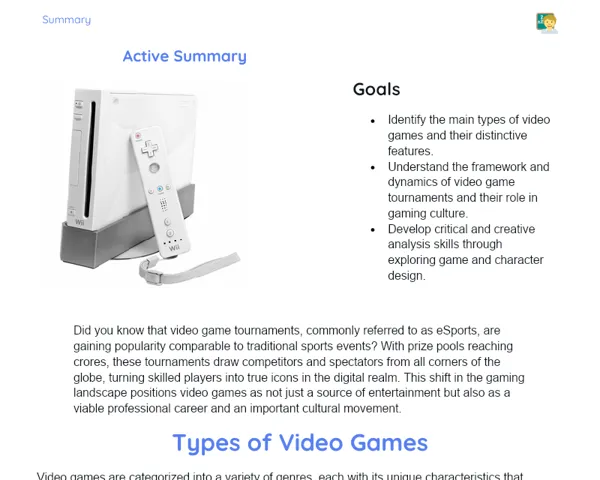Goals
1. Enhance fundamental physical skills including motor coordination, balance, and agility.
2. Encourage teamwork and cooperation among students through engaging game dynamics.
3. Foster creativity and problem-solving skills in real-life scenarios.
4. Promote social interactions and effective communication among students.
5. Develop spatial awareness and orientation through hands-on activities.
Contextualization
Hopscotch is a classic game enjoyed by children all over the world for generations. This simple yet delightful activity not only brings joy but also helps develop vital motor skills such as balance, coordination, and agility. Moreover, playing hopscotch teaches children important life skills like following rules and collaborating in groups, which are essential in various aspects of life. For example, as children leap from one square to another, they need to maintain their balance on one foot, effectively working on their motor coordination. Playing in groups also helps them understand the importance of taking turns and collaborating with peers to ensure everyone has fun.
Subject Relevance
To Remember!
History and Origin of Hopscotch
Hopscotch is a time-honored game observable in various ancient cultures, including the Romans. Initially, it was used as a physical exercise for soldiers, honing their agility and endurance. Over time, the game transcended cultures, each region modifying the rules and formats while preserving its playful and educational core.
-
Originated in various ancient societies as a form of physical training.
-
Cultural exchanges leading to adaptation of rules across different regions.
-
Historical and cultural significance of the game in our heritage.
Basic Rules of the Game
To play hopscotch, draw a grid with numbered squares on the ground and use a marker like a stone or a coin. The player throws the marker onto one square and jumps from square to square on one foot, ensuring they avoid stepping on the square where the marker is placed. The objective is to successfully complete the course without losing balance or crossing over the lines.
-
Drawing the diagram with numbered squares before starting.
-
Using a marker that needs to be accurately thrown onto the squares.
-
Rules focus on balancing on one foot and not stepping on the lines.
Motor Skills Involved
Playing hopscotch is a great way to develop various motor skills such as coordination, balance, and agility. As students jump from one square to another on one foot, they practice maintaining their balance. Throwing the marker and jumping on the right squares enhances their motor coordination. They also improve their agility as they swiftly navigate across the grid.
-
Improvement in balance while jumping on one foot.
-
Enhancement of motor coordination through accurate marker throws.
-
Increase in agility while moving across the game layout.
Practical Applications
-
Sports: Activities requiring coordination and balance like gymnastics or athletics.
-
Physical therapy: Rehabilitation exercises leveraging skills developed through hopscotch.
-
Team Building: Initiatives that enhance teamwork and cooperation through playful activities.
Key Terms
-
Motor Coordination: The ability to utilize different parts of the body in a coordinated and controlled manner.
-
Balance: The ability to maintain a stable body posture whether stationary or in motion.
-
Agility: The capacity to move swiftly and effortlessly.
Questions for Reflections
-
How does playing hopscotch help in the development of motor and social skills?
-
In what ways can the skills gained through hopscotch be applied to other activities or professions?
-
What challenges did you face while setting up and playing hopscotch, and how did you tackle them?
Creative Hopscotch Challenge
Design a hopscotch layout featuring a unique and innovative shape, using materials available at home.
Instructions
-
Come up with a novel shape for the hopscotch layout, differing from the traditional pattern of numbered squares.
-
Utilize materials you have at home, such as tape, chalk, cardboard, or any resources that allow you to create a hopscotch game.
-
Set up your hopscotch on the ground, ensuring all squares are easy to access and safe for jumping.
-
Invent new rules for the game to add extra challenges, like jumping backward or with your eyes closed on specific squares.
-
Try your new hopscotch with friends or family and observe how the new rules change the game's dynamics.
-
Reflect on the motor and social skills you developed while designing and playing your creative version of hopscotch.



